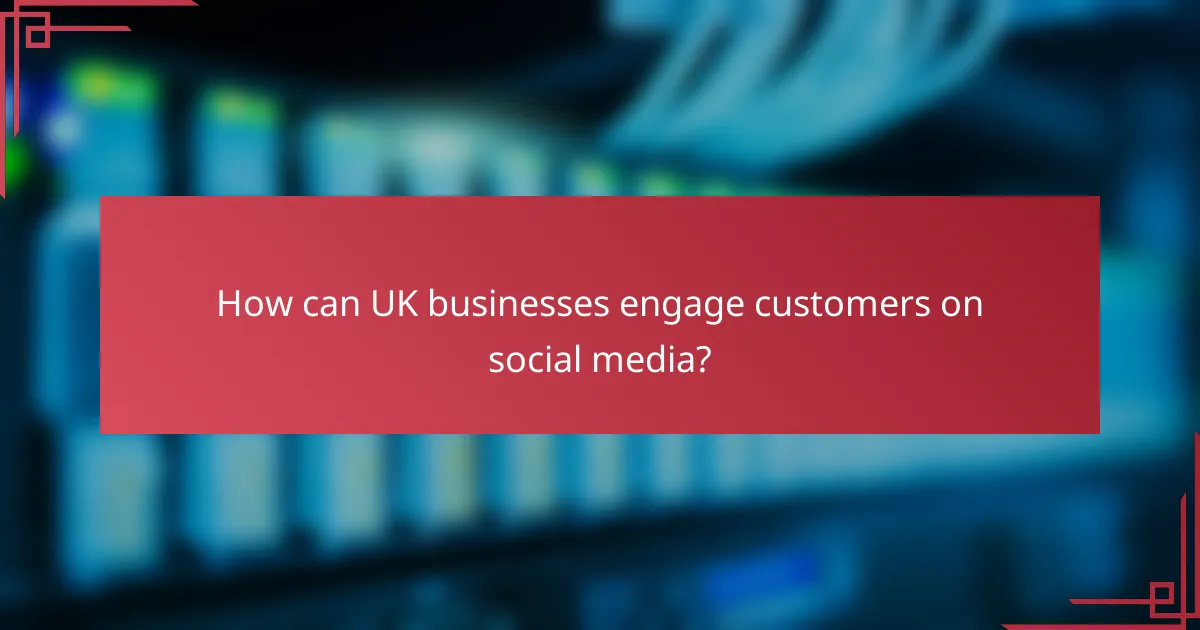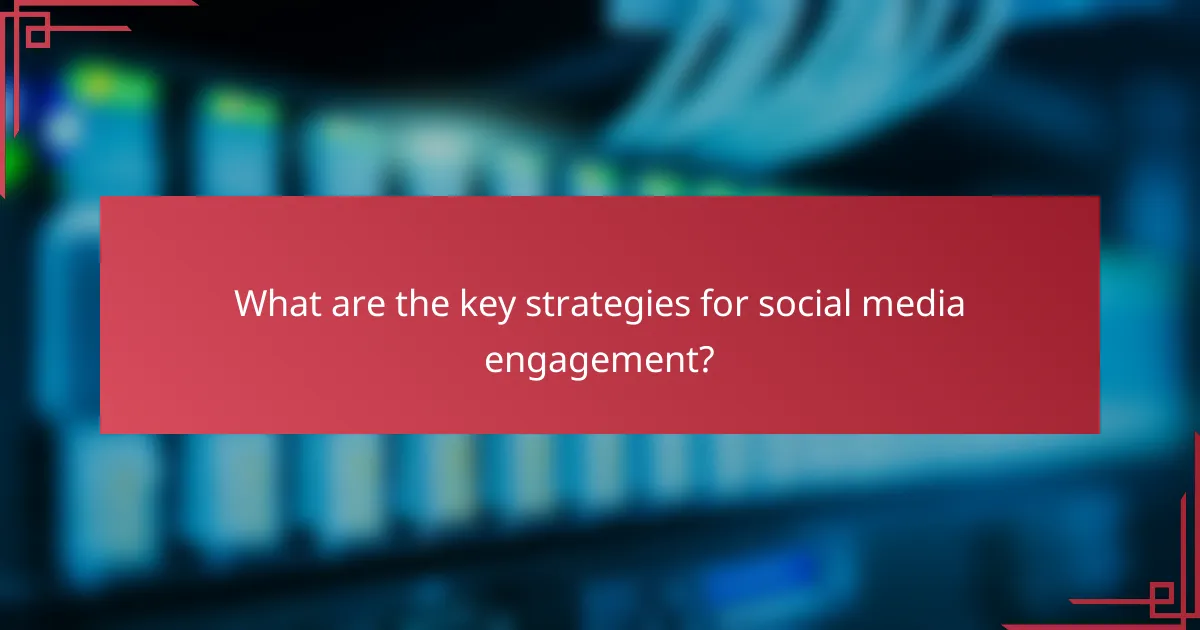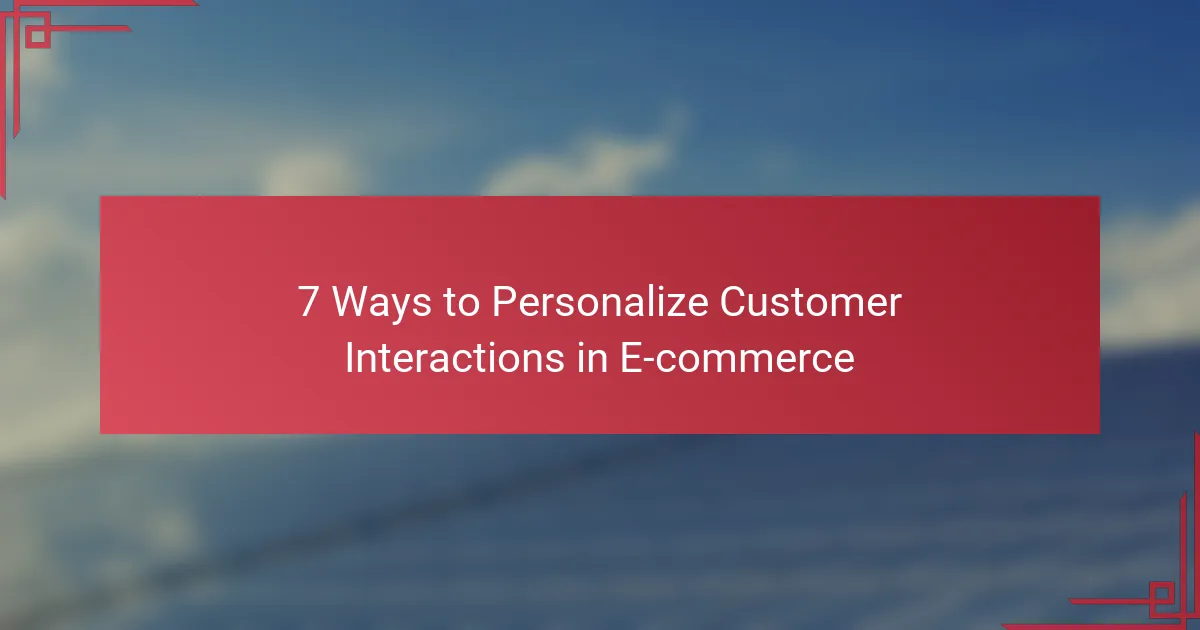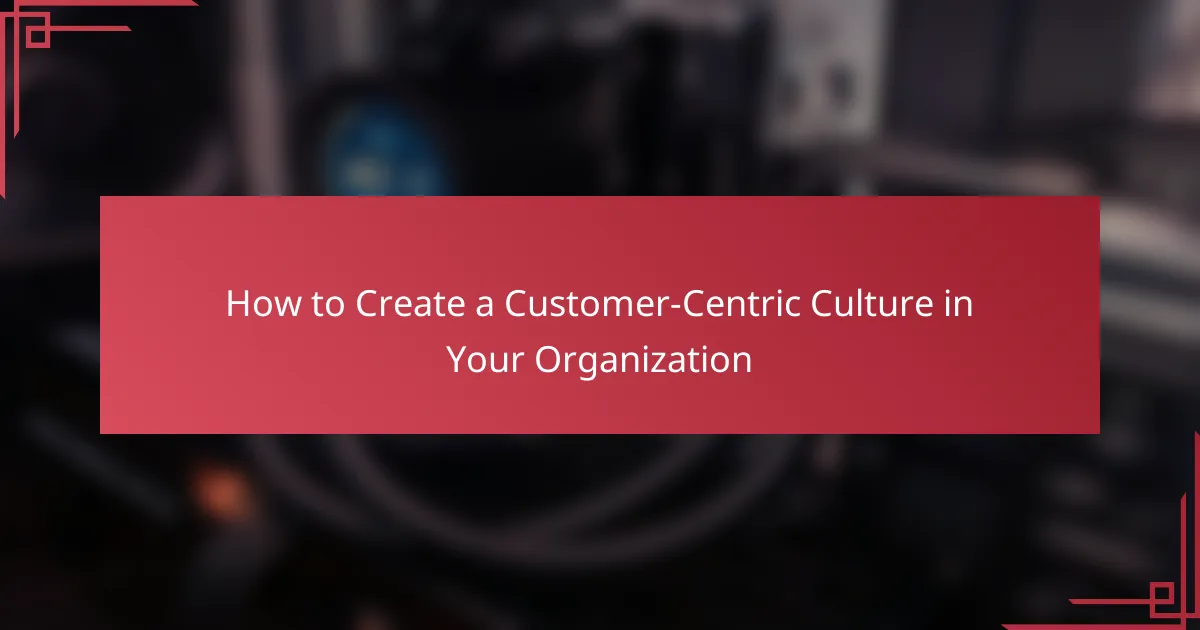Engaging customers through social media is essential for businesses looking to build a loyal following and enhance brand visibility. By understanding their target audience and implementing effective strategies, companies can foster meaningful interactions and encourage feedback. This approach not only boosts audience participation but also helps refine content based on analytics, ultimately leading to greater success in customer engagement.

How can UK businesses engage customers on social media?
UK businesses can engage customers on social media by creating relevant content and fostering interaction. This involves understanding the target audience and utilizing various strategies to encourage participation and feedback.
Utilize targeted advertising campaigns
Targeted advertising campaigns allow businesses to reach specific demographics based on interests, behaviors, and location. By using platforms like Facebook and Instagram, UK businesses can create ads that resonate with their audience, increasing the likelihood of engagement.
Consider setting a budget that aligns with your marketing goals. Start with small campaigns to test which ads perform best, then scale up successful ones. Regularly analyze the results to refine your approach.
Leverage user-generated content
User-generated content (UGC) can significantly enhance engagement by showcasing authentic customer experiences. Encourage customers to share photos or reviews of your products on social media, and feature this content on your own channels.
To incentivize UGC, consider running contests or offering discounts for posts that tag your brand. This not only builds community but also provides social proof that can attract new customers.
Implement interactive polls and quizzes
Interactive polls and quizzes are effective tools for engaging customers and gathering insights. These features can be easily integrated into platforms like Instagram Stories or Twitter, allowing users to participate in a fun and straightforward manner.
Design polls that relate to your products or services, and share the results to spark further conversation. Keep quizzes light-hearted and relevant to encourage participation without overwhelming your audience.
Host live Q&A sessions
Live Q&A sessions provide a platform for real-time interaction between businesses and customers. These sessions can address common questions, showcase new products, or discuss industry trends, fostering a sense of community.
Promote the event in advance to maximize attendance, and consider using platforms like Facebook Live or Instagram Live. Prepare a few questions to kick off the discussion and encourage viewers to submit their own during the session.
Share behind-the-scenes content
Behind-the-scenes content offers customers a glimpse into your business’s daily operations, helping to humanize your brand. Share stories about your team, production processes, or company culture to build a stronger connection with your audience.
Use formats like short videos, Instagram Stories, or blog posts to share this content. Authenticity is key; show both the successes and challenges to create a relatable narrative that resonates with your customers.

What are the key strategies for social media engagement?
Key strategies for social media engagement include developing a consistent posting schedule, focusing on storytelling, and utilizing analytics to refine your approach. These strategies help build a loyal audience, enhance brand visibility, and improve overall interaction with your content.
Develop a consistent posting schedule
A consistent posting schedule is essential for maintaining audience engagement on social media. Aim to post regularly, whether that’s daily, several times a week, or weekly, depending on your audience’s preferences and platform norms.
Consider using scheduling tools to automate posts and ensure you maintain your frequency. Regularity helps keep your brand top-of-mind and can lead to higher engagement rates over time.
Focus on storytelling and brand narrative
Storytelling is a powerful way to connect with your audience emotionally. Share stories that highlight your brand values, customer experiences, or behind-the-scenes insights to create a relatable narrative.
Utilize various formats such as videos, images, and written posts to convey your stories. Engaging narratives can foster a sense of community and encourage followers to share their own experiences with your brand.
Utilize analytics to refine strategies
Analytics are vital for understanding what content resonates with your audience. Use tools provided by social media platforms to track engagement metrics such as likes, shares, comments, and click-through rates.
Regularly review this data to identify trends and adjust your strategies accordingly. Focus on what works and be willing to experiment with new content types or posting times to enhance engagement further.

How can businesses measure social media engagement success?
Businesses can measure social media engagement success by analyzing various metrics that reflect audience interaction and conversion. Key indicators include likes, shares, comments, and the overall growth of followers, which provide insights into how well content resonates with the target audience.
Track engagement metrics like likes and shares
Tracking engagement metrics such as likes and shares is essential for understanding how content performs on social media platforms. These metrics indicate not only the popularity of posts but also the likelihood of content being shared, which can expand reach significantly.
To effectively track these metrics, use social media analytics tools that provide detailed reports. Aim for a consistent increase in these figures over time, as this suggests growing interest and interaction with your brand.
Analyze conversion rates from social media campaigns
Analyzing conversion rates from social media campaigns helps businesses understand the effectiveness of their marketing efforts. A conversion can be defined as any desired action taken by a user, such as making a purchase or signing up for a newsletter.
To calculate conversion rates, divide the number of conversions by the total number of visitors from social media, then multiply by 100 to get a percentage. A conversion rate of 2-5% is generally considered good, but this can vary by industry and campaign type.
Monitor audience growth over time
Monitoring audience growth over time provides insights into the effectiveness of engagement strategies. A steady increase in followers indicates that your content is attracting new users and retaining existing ones.
To track this growth, regularly review follower counts and engagement rates on a monthly basis. Set specific growth targets, such as a 10-20% increase in followers over six months, to measure success and adjust strategies as needed.

What tools can enhance social media engagement?
Several tools can significantly improve social media engagement by streamlining processes and enhancing content quality. Utilizing the right tools allows businesses to connect more effectively with their audience and optimize their social media strategies.
Use Hootsuite for scheduling posts
Hootsuite is a powerful tool for scheduling social media posts across multiple platforms. By planning your content in advance, you can maintain a consistent posting schedule, which is crucial for keeping your audience engaged.
To maximize effectiveness, consider scheduling posts during peak engagement times, which typically vary by platform. For example, Facebook posts often perform best on weekdays between 1 PM and 3 PM, while Twitter engagement peaks during lunch hours.
Be cautious of over-scheduling; ensure that your content remains relevant and timely. Regularly review your analytics to adjust your posting strategy based on audience interactions.
Leverage Canva for creating visuals
Canva is an excellent tool for designing eye-catching visuals that can enhance your social media posts. High-quality images and graphics can significantly increase engagement rates, as posts with visuals tend to receive more shares and likes.
When using Canva, take advantage of its templates tailored for various social media platforms. This ensures that your designs are optimized for size and format, making your posts more visually appealing.
Keep your branding consistent by using similar colors, fonts, and styles across all graphics. This helps in building brand recognition and trust among your audience.
Employ BuzzSumo for content research
BuzzSumo is a valuable tool for discovering trending topics and popular content within your industry. By analyzing what resonates with your audience, you can create relevant and engaging posts that drive interaction.
Utilize BuzzSumo to identify key influencers and their content strategies. Engaging with these influencers can amplify your reach and credibility in your niche.
Regularly monitor content performance metrics to refine your strategy. Focus on creating content that not only aligns with trends but also provides value to your audience, fostering deeper connections and engagement.

What are the common pitfalls in social media engagement?
Common pitfalls in social media engagement include failing to listen to audience feedback and excessively promoting products. These mistakes can alienate customers and diminish the effectiveness of social media strategies.
Neglecting audience feedback
Neglecting audience feedback can lead to a disconnect between your brand and its customers. Engaging with comments, messages, and reviews is essential for understanding customer needs and preferences.
To avoid this pitfall, actively monitor your social media channels and respond promptly to user interactions. Consider conducting polls or surveys to gather insights directly from your audience, which can guide your content strategy.
Over-promoting products
Over-promoting products can frustrate followers and result in decreased engagement. Instead of focusing solely on sales pitches, aim to provide value through informative or entertaining content that resonates with your audience.
Balance promotional posts with engaging content like tips, behind-the-scenes looks, or user-generated content. A good rule of thumb is to maintain a ratio of about 80% value-driven content to 20% promotional posts to keep your audience interested.



